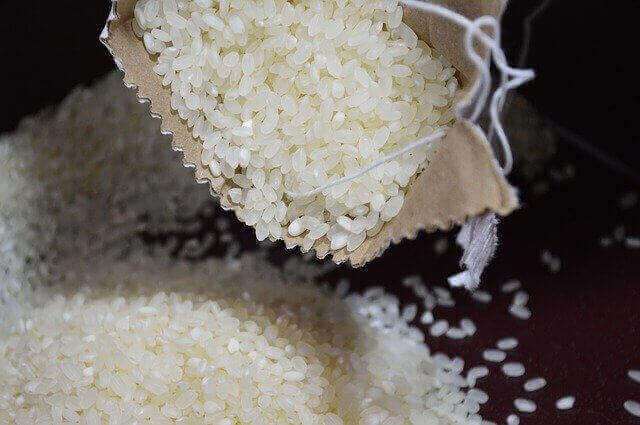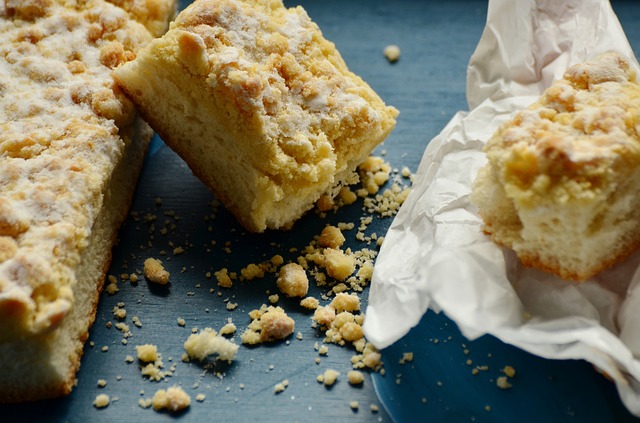
It’s the fire in my eyes,
And the flash of my teeth,
The swing in my waist,
And the joy in my feet.
I’m a woman
Phenomenally.”
― Maya Angelou
Women are inherently beautiful. Yes, they are, irrespective of their size, shape, colour and anything else. But do most of us inherently feel beautiful about ourselves?
They say that a woman’s ovary represents creativity. For creativity to be nurtured, what is needed is huge doses of love, compassion and patience. If what you offer instead, is anger at the self, hatred of the body and an unwillingness to love yourself, is when you see disorders like PCOD/ PCOS manifesting itself in various complex ways on your body.

Scientifically speaking, women with polycystic ovarian syndrome/ disorder (PCOS/ PCOD) have small cysts on their ovaries that most of the time (not mandatory) leads to hormonal imbalance, unwanted body hair, obesity, insulin-resistance, infertility, irregular periods, absence of periods, diabetes, hair thinning, acne, oily skin amongst few others.
PCOS involves the delicate balance of various female hormones and multiple organs of the body, namely ovaries, adrenal glands, pancreas and pituitary gland. Hence, the way to approach it & deal with it should also be very holistic and comprehensive.
Usually contraceptives/ diuretics/ anti-androgen/ anti-diabetic drugs are routinely prescribed to bring balance and treat PCOS/ PCOD. Available scientific evidence suggests that lifestyle modification (LSM) interventions reduce fasting blood glucose and insulin levels in women with PCOS with effects that are similar to drugs. Moreover, it is only fair to give lifestyle a chance before resorting to popping pills with their obvious side-effects. Lifestyle changes, including food, exercise, and sleep, improves the metabolic and reproductive abnormalities of PCOS women. Therefore, it undoubtedly, represents the first-line management for all women with PCOS.
The two main nutritional, exercise & lifestyle objectives for PCOS are to a) lower body fat levels (improve body composition) and b) enhance insulin-sensitivity. And the way to achieve them are-
1. NUTRITION – Eating seasonal and fresh homemade meals that are wholesome will ensure that all the required nutrients reach your ovaries and your glands so that they are nourished and well looked after.

Eating wholesome food – Now the prime nutritional strategy for insulin resistance & PCOS is to eat foods that are low in GI. Eating foods that have a low GI keeps blood sugar levels steady and helps your body metabolise fat more efficiently. Generally, the less processed a carbohydrate, the more likely it is to have a low-GI score. So choose to eat rotis, theplas, dosa, rice, paratha etc.
But what is really interesting is that your glycemic response to a food depends on the other foods you eat with it.

Adding fat to your carb-rich food, lowers the overall GI of the meal. Fat slows stomach emptying, delaying the process of converting food to blood sugar. Hence, more the fat, the slower the sugars (‘carbohydrates’) are digested, and lower is the glycemic index. So spread a generous amount of white butter on your roti/parathas, do not dump the coconut chutney when eating idli/ dosa, and do lace your hot, fluffy rice with a spoonful of ghee.

Now if this meal will include proteins too, the GI impact of the carbohydrate foods will be further minimized. This is because by combining foods in a single meal the overall impact is to slow down the rate at which your body releases sugar from any single ingredient. So add a bowl of curd with your butter paratha, some sambhar with your idli chutney, and some dal or egg curry to your rice ghee. And there you have a wholesome meal that is not only low in GI, but also rich in fibre-rich grains, vitamins & micro-mineral rich pulses, and essential fats. The kind of meal your ovaries are going to thank you for!
But haven’t we all grown up eating dal bhaat ghee/ paratha curd? The reason we have invited these host of non-communicable diseases (NCDs) like PCOS/ Diabetes etc. is because we have either looked down at our own homemade meals; or tried to eat them in isolation; like eating roti without ghee, having dal but no rice etc. This shift from our traditional & wholesome way of eating to more Westernized diets is called “Nutrition Transition” and is said to be largely responsible for the urban lifestyle disorders in developing countries like ours, today.
2. EXERCISE – Amongst all the exercises, incorporating strength training into your workout regimen is crucial to improve insulin sensitivity and to better control insulin swings. Structured and progressive strength training improves how the body uses insulin and allows glucose to get around the body better. Weight training at least twice a week is hence essential, to bring hormonal vibrancy.

Numerous studies have demonstrated conclusively that strength training also burns fat much more effectively than any other exercise does. Aerobic activity (like cardio, walk, swim etc.) burns fat while you’re exercising, but anaerobic activity (like strength training) burns fat in the minutes, hours and days following exercise, as your body recovers from your workout. Studies reveal that strength exercise burns more calories (or fat) for as long as 24 to 48 hours post workout! Better fat loss means better hormonal balance, better hormonal balance means regular & painless periods, lesser break outs, reduced hair fall and enhanced fertility.
3. SLEEP- Not getting enough sleep impairs metabolism and disrupts hormone levels. With ongoing sleep loss, insulin sensitivity of body reduces. At the same time, your body secretes more cortisol (stress hormone), which makes it harder for insulin to do its work effectively. The net effect: Excess glucose stays in the bloodstream, that not only leads to weight gain but also throws all your hormones off balance.

Make sure you have regulated wake up and bed timings. A deep, restorative sleep is priceless for your hormones as it brings a sense of harmony in them.
And lastly, take it one step at a time, with love, compassion and patience. As women, we tend to be least kind to our own selves. Applaud yourself for every small effort you make in the right direction and gradually, you will see yourself transforming. And do remember that: “You are a woman, phenomenally!”
Keep yourself happy by keeping yourself healthy. Let well-known Mumbai dietitian and fitness expert Munmun Ganeriwal design a nutrition, exercise and lifestyle transformation program that elevates your overall sense of well-being. Contact us now for an in-depth consultation.







